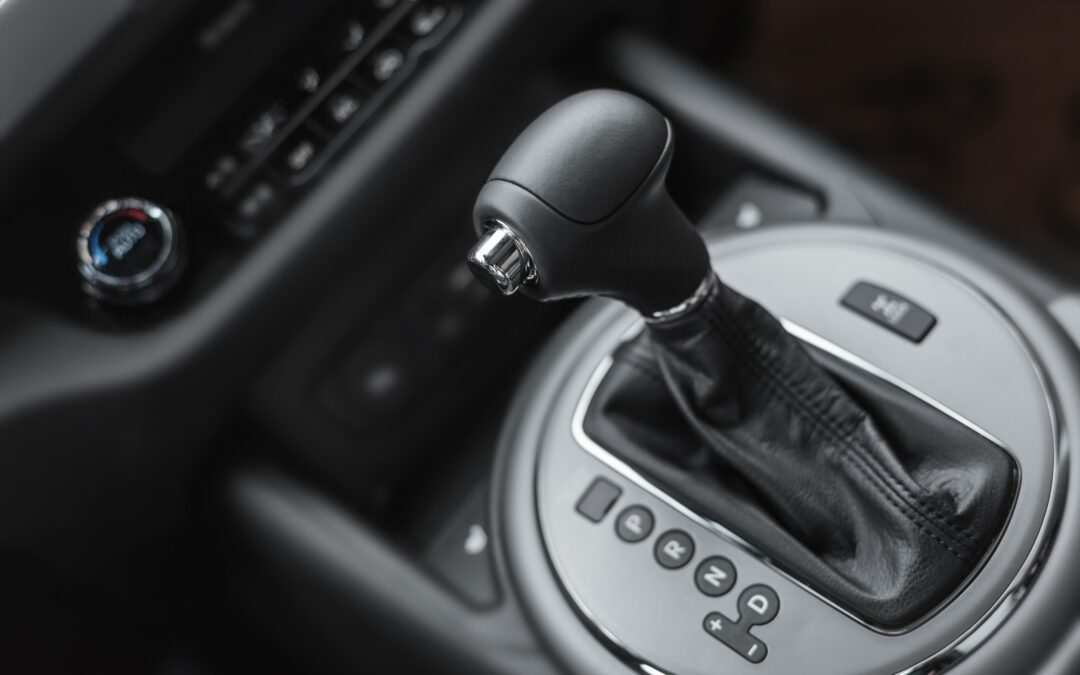The heart of a car’s powertrain, the automatic transmission, is a marvel of modern engineering.
It can also be a significant point of stress when it starts acting up, producing strange noises, or hesitating during gear shifts. For many drivers, navigating the complexities of an automatic transmission issue can be daunting.
This comprehensive guide aims to demystify the process of diagnosing and addressing odd transmission behavior, keeping you informed and your vehicle running smoothly on the road.
Understanding Your Automatic Transmission
Before we tread into troubleshooting, it’s vital to understand the basics of the automatic transmission. Unlike manual transmissions, which rely on the driver to select the appropriate gear, automatics provide a hassle-free driving experience by shifting gears on their own.
Key components include a torque converter, planetary gear sets, clutches, and a hydraulic system. This complex interplay ensures that the engine’s power is delivered to the wheels efficiently, adjusting as the vehicle speeds up or slows down.
Recognizing Common Trouble Signs
Awareness is your best ally when it comes to dealing with a potentially problematic automatic transmission. Here are some common symptoms to look out for:
Delayed Engagement
When you shift into “Drive” or “Reverse,” there should be an almost immediate response as the vehicle begins to move. A delay could mean a developing issue with your transmission, typically involving the transmission fluid or pressure.
Unusual Noises
If your transmission starts clunking, buzzing, or humming, it’s time to investigate. Transmission noises can be a sign of internal damage or problems with the torque converter, solenoid, or fluid levels.
Slipping Gears
Transmission disengagement or “slipping” results in a noticeable change in driving performance without a corresponding change in acceleration. This can feel like the engine revving up momentarily without the vehicle’s speed increasing.
Overheated Transmission
An overheated transmission can sometimes be felt through the transmission tunnel as excessive heat radiates from the floor. This dangerous condition can result from extended periods of heavy use or towing, low fluid levels, or a failing cooler.
Step-by-Step Diagnostic Measures
When you notice any of these red flags, a methodical approach to diagnosis is crucial. Here are the initial steps to take:
Check Transmission Fluid
Low or dirty transmission fluid is often the culprit behind many transmission issues. The fluid should be a clear red color, and the level should be between the “cold” and “hot” marks on the dipstick.
Conduct a Visual Inspection
Inspecting your vehicle for leaks is another important step. Use a flashlight to look for signs of leaking transmission fluid under the car or inside the engine bay.
Read Diagnostic Trouble Codes
Modern vehicles are equipped with onboard diagnostic systems that can provide valuable information about what’s going wrong. Have the codes read by a scanner at an auto parts store or a mechanic’s shop.
Test Driving
If the problem is intermittent, a test drive with attention to the issue and the vehicle’s behavior can give you and your mechanic important contextual information.
Addressing Transmission Issues
Once you’ve identified the issue, the next steps vary depending on the problem at hand. Here are some common solutions to transmission troubles:
Fluid Change
A regular transmission fluid change schedule is one of the best ways to maintain your automatic transmission. If the fluid is dirty or burnt, it should be changed, and the filter replaced.
Transmission Flush
In extreme cases of fluid contamination, a transmission fluid flush may be necessary. This process involves cycling new fluid through the system to remove old, degraded fluid.
Solenoid Replacement
Solenoids are responsible for controlling the flow of transmission fluid. If faulty, they can cause erratic shifting or delay in gear engagement. Replacement is often the best course of action.
Torque Converter or Clutch Repair
More severe issues may require repair or replacement of the torque converter or transmission clutches. These internal components of the transmission can be the source of many common symptoms.
Software Updates
Sometimes, the software that controls the automatic transmission may need an update. This is especially true for newer vehicles with advanced electronic control systems.
Preventative Maintenance Measures
Prevention is better than cure, and this adage rings true for automatic transmissions. Here are some preventative measures to keep your transmission in top shape:
Follow the Manufacturer’s Maintenance Schedule
Adhering to the transmission maintenance schedule laid out in your vehicle owner’s manual will help prevent many potential problems before they manifest.
Be Mindful of Your Driving Habits
Avoiding sudden acceleration and heavy loads can reduce the strain on your transmission. Similarly, always come to a complete stop before shifting into “Park” or “Reverse.”
Regular Inspections
Regularly inspecting your transmission for leaks and keeping an eye (or rather, an ear) out for unusual noises can help catch problems early.
Upkeep of Transmission Fluid
Regularly check and, if necessary, change the transmission fluid and filter. High-quality, manufacturer-recommended fluid is essential for the proper functioning of your transmission.
Partnering with a Professional
When it comes to your vehicle’s automatic transmission, there’s only so much that a DIY approach can accomplish. Partnering with a professional, knowledgeable service center or mechanic can provide expertise and resources to deal with more complex issues.
Choosing the Right Mechanic
Look for a mechanic or service center with experience in automatic transmissions. Referrals from friends and family, as well as online reviews, can help you narrow down your options.
Communication Is Key
Be sure to communicate the symptoms you’ve experienced clearly to your mechanic. The more detailed your description, the better equipped they’ll be to diagnose and fix the problem.
Ask Questions
Don’t be afraid to ask questions about your transmission issue or the proposed repairs. A good mechanic will be happy to explain things in a way you can understand.
Consider the Warranty
If your vehicle is still under warranty, especially if it’s a newer car, you may want to visit the dealer for transmission issues to avoid voiding the warranty.
Road to Recovery
Dealing with a strange-acting automatic transmission can be stressful, but armed with the knowledge from this guide, you’re better prepared to diagnose and address the problem effectively. Remember that regular maintenance and attentive driving habits can go a long way in preventing future transmission woes.
When in doubt, always seek the advice of a professional who can help you get back on the road with confidence. After all, a healthy automatic transmission is a silent workhorse that makes the act of driving a breeze—strange symptoms should not be ignored!
About Jet Auto Transmission-
If you are looking for a local auto repair shop in Davie, FL, to repair your transmission, bring your vehicle to Jet Auto Transmission for effective, affordable repairs that last a long time.
Our mechanics have decades of experience handling transmission repairs and replacements.
Our entire staff is ASE certified, and we have been serving the residents of West Park, Florida, since 1987. If you need automotive performance shops in Florida for vehicle repair, don’t hesitate to call us at (954) 251-1204. Our services offer economical vehicle repair, upfront costs, and a free quote.

